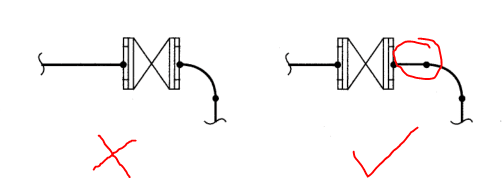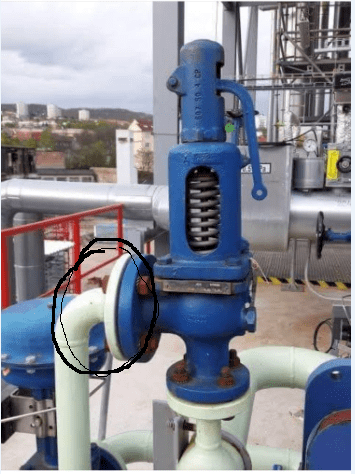navycaptain
Chemical
Dear engineers:
Attached is an installed pressure safety valve? are there any problem in the design? In my view, the discharge pipe is directly connected with elbow, is it necessary to conncet a spool and then connect with the pipe?
what do you think of it? thank you!
Youth is not a time of life, it's a state of mind.
Attached is an installed pressure safety valve? are there any problem in the design? In my view, the discharge pipe is directly connected with elbow, is it necessary to conncet a spool and then connect with the pipe?
what do you think of it? thank you!
Youth is not a time of life, it's a state of mind.



